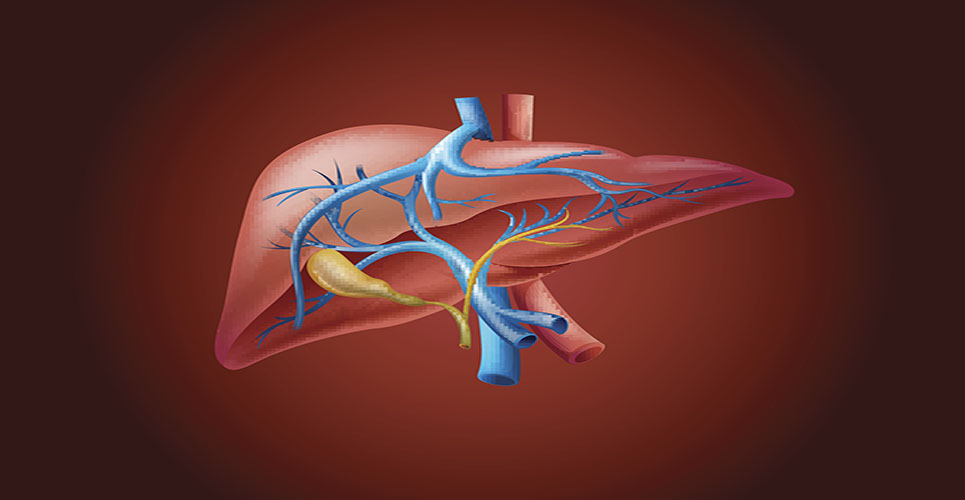teaser
A controlled trial has shown that treating hepatitis C infection with a 16-week course of peginterferon plus ribavirin gives poorer results than the standard 24-week course.
Peginterferon plus ribavirin is the standard therapy for hepatitis C (HCV) infection, and 80% of patients infected with the type 2 or 3 genotype will respond well to a 24-week course of treatment. Some evidence suggests that shorter courses may be effective in patients who respond rapidly, and this study aimed to confirm whether a 16-week course using a standard regimen was therapeutically equivalent to 24 weeks.
The trial involved adults with HCV type 2 or 3 infection; exclusion criteria included other liver disease, HIV infection, and previous treatment with or contraindications to the study drugs. Participants were randomised to receive treatment for either 16 or 24 weeks, followed by 24 weeks’ observation.

Treatment duration was double-blind until 16 weeks, at which point the patient’s physician was informed of their allocation. Primary outcome was sustained virological response, defined as an undetectable serum HCV RNA level (<50IU/ml) 24 weeks after the end of treatment, and the intent was to show noninferiority of 16 weeks compared to 24 weeks.
A total of 1,469 patients was randomised from 1,810 initially screened, and 1,465 received at least one dose of study medication. Sustained virological response, the primary outcome, was significantly worse in the 16-week compared with the 24-week group: 62% vs 70% in the intention-to-treat analysis (65% vs 76% in a per-protocol analysis) achieving a sustained response: odds ratio for 16 weeks vs 24 weeks was 0.67 (95% CI, 0.54�0.84; p<0.001).
There were similar differences in secondary outcomes. The authors therefore conclude that a fixed 16-week regimen of peginterferon plus ribavirin gives worse outcomes than a fixed 24-week regimen. They discuss why previous work may have given different results, and suggest that shorter regimens should be used only in patients with particularly favourable factors.
New Engl J Med 2007;357:181-90

